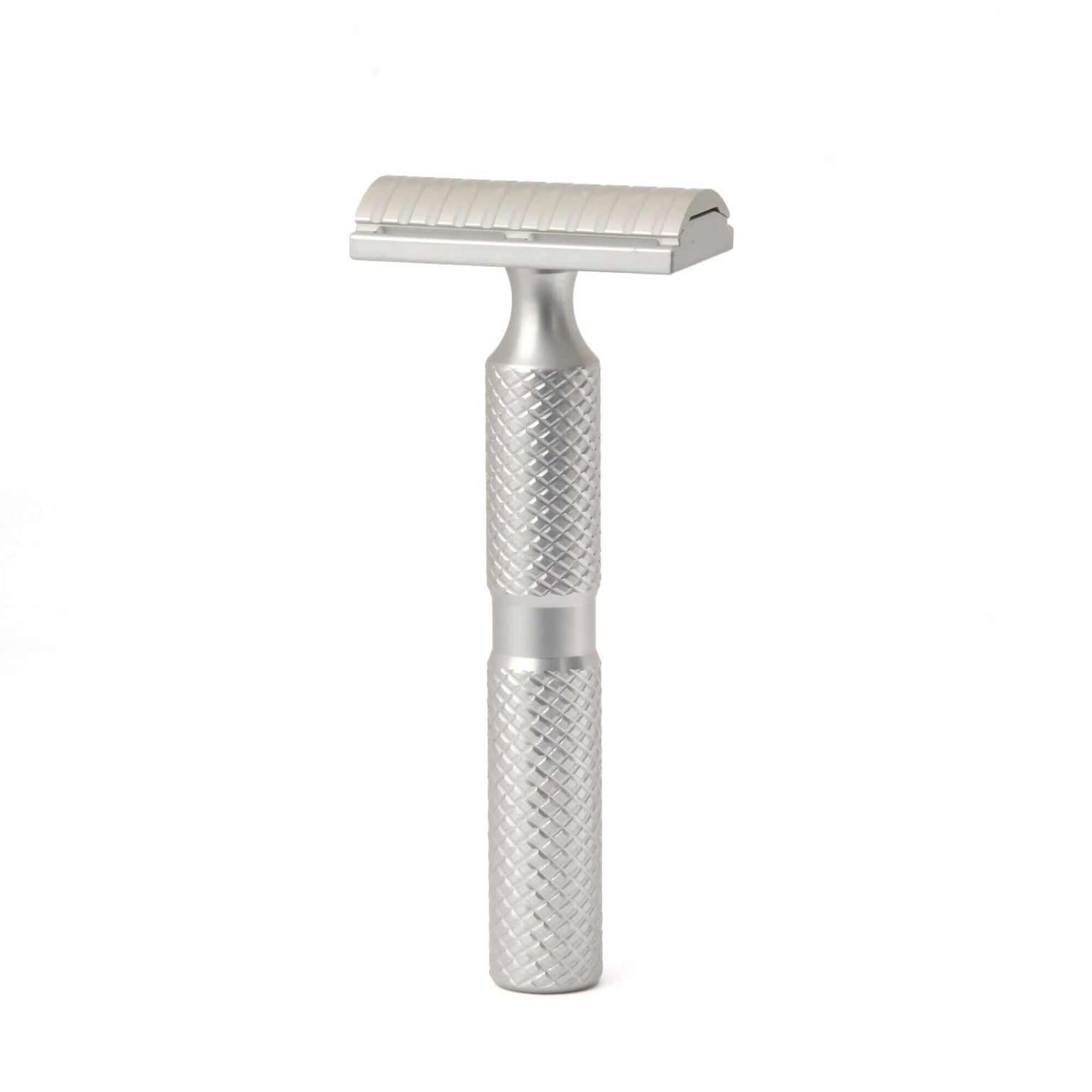

If you need to show how violent a dagger is in your story, consider referring to it as being “jagged”. “As I inspected the jagged dagger, the irregularly shaped blade sent shivers down my spine, its rough and fragmented edges serving as a stark reminder of the savage violence it had inflicted.” How it Adds Description “The jagged dagger, its serrated edge resembling the menacing teeth of a predator, exuded a primal aura that hinted at the brutal and merciless nature of its intended use.” Much like how a human will hone their skills, the dagger and the one wielding it are likely determined to carry out their objective. Using the word “honed” to describe a dagger not only shows your reader how sharp it is but implies a sense of purpose behind it. “With each stroke of the sharpening stone, the blacksmith meticulously honed the dagger’s blade, transforming it into a weapon of unparalleled precision and deadly elegance.” How it Adds Description

“The honed dagger gleamed in the moonlight, its blade finely sharpened to a razor’s edge, ready to effortlessly slice through any obstacle standing in its path.” As a result, describing it as being “fateful” helps you to be able to emphasize its event-changing capabilities to your reader. The presence of a dagger in a story has the potential to turn the tone of the story into a much more sinister one. “The fateful dagger, its tarnished blade etched with the scars of countless misfortunes served as a reminder of her mortality.” How it Adds Description “The fateful dagger would turn what was meant to be the best day of their lives into an utter tragedy.”

Having an important and often negative effect on the future. This description heightens the tension, intrigue, and dramatic impact of the dagger in your story. It evokes a sense of imminent danger and suggests that the dagger has been involved in violent acts. “The mere touch of the deadly dagger sent a chilling sensation through my fingertips, even though I only caressed the flat part of the blade.” How it Adds Descriptionĭescribing a dagger as “deadly” adds emphasis to its potential for causing harm or taking lives. “Although the dagger was mainly decorated for ceremonial events, in the right hands it could still prove deadly.” This then creates a sense of horror and suspense, as your characters and reader begin to wonder what exactly went on and more importantly, whose blood it is. Using the word “bloodied” to describe a dagger helps you to be able to describe the fact that it has been used without directly stating the fact. “As I cautiously approached the crime scene, my heart skipped a beat when I caught sight of the bloodied dagger, its menacing presence sending shivers down my spine.” How it Adds Description “The bloodied dagger lay ominously on the cold, stone floor, its gleaming blade reflecting the horror of its recent use.”
#TIMELESS RAZOR AGGRESSION HOW TO#
In it, we explain how to describe a dagger in a story. Do you want to write a murder scene in your novel in a highly descriptive way? This article is for you.


 0 kommentar(er)
0 kommentar(er)
